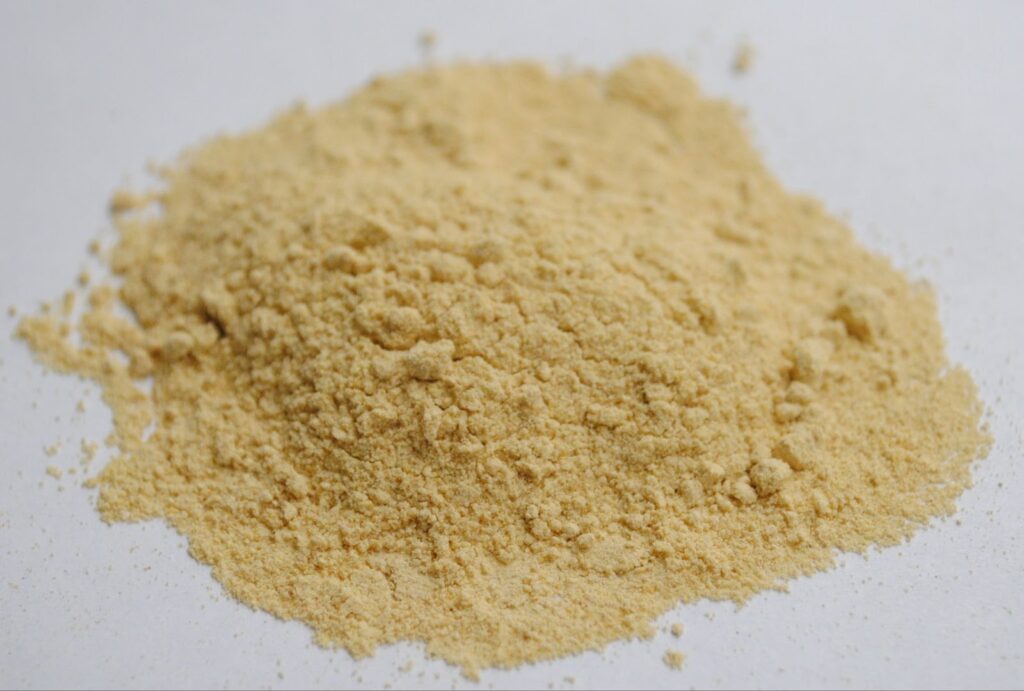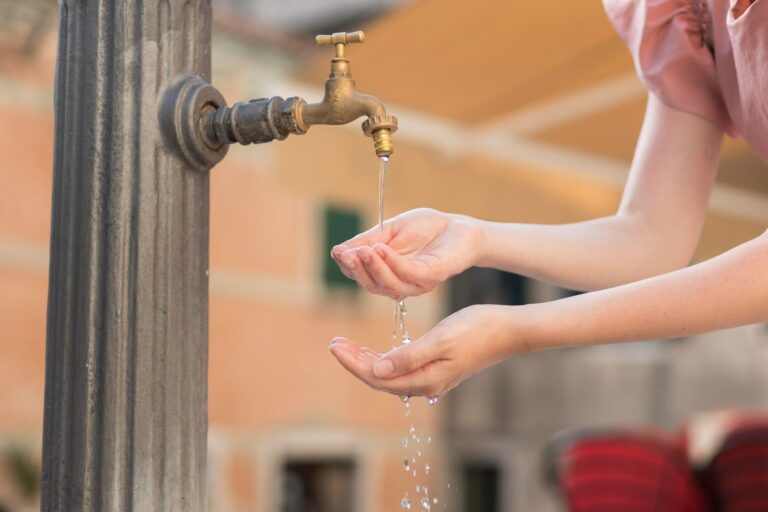Talc has been a crucial ingredient in various industries, from cosmetics to pharmaceuticals, for its unique properties. However, recent concerns about its potential health risks have prompted a search for talc alternative as a safer choice for various products. Then, if you’re one of them, read this article for more choices!
Talc Alternative: Reasons Behind of Its Controversial
Talc is a mineral known for its softness and moisture-absorbing capabilities. It has been widely used in cosmetics, baby powders, and pharmaceutical production.
The controversy surrounding talc arose when some studies suggested a potential link between talc use and an increased risk of certain cancers, particularly ovarian cancer. Thus, this issue raised alarms in the industry and among consumers, prompting a thorough examination of talc substitutes with a focus on safety and efficacy.
Why Do You Need a Talc Alternative?
Since Talc has been part of households for decades, it has held some important roles, such as:
1. Diaper Rash
Over the years, parents have commonly used talcum powder on babies during diaper changes to prevent diaper rash. However, the American Academy of Pediatrics (AAP) has expressed concerns about talcum powder for decades and does not recommend its use.
2. Clothing
For those averse to applying lubricants or ointments, anti-chafing underwear or shorts offer a solution. Designed to be thin and breathable, these garments protect the skin from friction while keeping it dry.
3. Preventing Chafing
Chafing, a skin irritation caused by friction between clothing or skin-to-skin contact, commonly affects the inner thighs and can be uncomfortable. Athletes, overweight individuals, and those wearing dresses or skirts in humid conditions are particularly susceptible.
While talcum powder has traditionally been recommended for preventing chafing by reducing moisture and friction, talc alternative choices are now preferred. Cornstarch serves as a suitable talc substitute, and various cornstarch-based options are available. Additionally, non-powder anti-chafe products are on the market.
4. Personal Hygiene
Talcum powder has long been relied upon for intimate hygiene and odor control, but concerns about its link to ovarian cancer have prompted caution. This includes talc-free deodorant powder options, including spray forms, now exist.
10+ Choices for Talc Alternatives
Since Talc has a potential link to lung disease and cancer, there are some choices that you may consider, such as:
1. Cornstarch
Cornstarch is the starch obtained from corn grains. It has emerged as a favored talc alternative ingredient as numerous personal hygiene companies shift away from utilizing talc in their products.
Beyond its moisture and odor control properties, cornstarch offers an additional advantage by eliminating the risk of exposing sensitive body regions to asbestos. This is due to the larger particle size of cornstarch in comparison to talcum powder. So, it significantly minimizes the likelihood of respiratory issues associated with its use.
2. Arrowroot Powder
Arrowroot powder, a natural starch derived from various plants in South America, serves as an excellent alternative for individuals with corn allergies who cannot utilize cornstarch. While it may be found in select grocery stores, it is more commonly obtained from natural or health food stores and online retailers.
Arrowroot powder can be found in various cosmetics, including talc-free powders and dry shampoos. Also, it is generally regarded as safe, and this talc alternative is suitable for sensitive skin.
3. Kaolin Clay
Referred to as cosmetic clay, kaolin clay is present in various personal care items like lotions, scrubs, and cosmetics. This proves to be a suitable option for those with especially sensitive skin. To acquire kaolin clay, consider searching online or visiting your nearby health food store.
Kaolin clay can be used in cosmetics, skincare products, and powders to control oil and shine. It is also generally considered safe, with a long history of use in skincare.
4. Baking Soda
If you’ve ever employed baking soda to eliminate unpleasant odors from your refrigerator, you’re familiar with its remarkable effectiveness. Not only does it assist in maintaining a fresh and clean scent, but it also aids in moisture absorption.
However, it’s important to note that baking soda can be harsh on sensitive skin. If you’re exploring a DIY remedy for perspiration in sensitive areas, consider blending baking soda with another moisture-absorbing substance like cornstarch or kaolin clay.
5. Tapioca Starch
Tapioca, renowned for its use in delectable pudding desserts, is a starchy white flour with a sweet taste originating from the cassava plant. While commonly known as an alternative to traditional wheat flour, it also excels in absorbing oil and moisture, ensuring your body stays dry. Plus, tapioca starch is available in select grocery stores.
6. Oat Flour
While oat flour is notably denser compared to the previously mentioned talc alternative choices, being derived from ground oats, oat flour still boasts numerous advantages.
7. Magnesium
A crucial mineral, our bodies deplete magnesium when we sweat. Low levels of magnesium may lead to increased perspiration, creating a cycle of further magnesium loss. Some individuals discover that incorporating magnesium supplements into their routine helps minimize sweat production.
8. Bentonite Clay
Yet another natural clay, bentonite clay, possesses a fine and soft texture. Upon mixing it with water, this talc alternative forms a paste suitable for cosmetic or medicinal purposes, such as addressing acne or skin rashes.
While various cultures have employed this clay for millennia, most studies regarding its benefits and efficacy are confined to animal studies and cell models. Consequently, the complete understanding of its advantages and potential risks remains incomplete.
9. Zinc
Similar to magnesium, zinc is an essential mineral crucial for numerous bodily functions. It serves as the primary component in diaper rash cream and calamine lotion due to its skin-soothing properties, wound-healing capabilities, and promotion of skin regeneration.
10. Rice Starch
Derived from ground-up rice, rice starch was historically used in face powders before talc. However, one drawback is its tendency to cake, and it can be challenging to find in local stores, often requiring online ordering.
11. Talc-Free Body Powder
A straightforward approach to maintaining a sensation of freshness and dryness without delving into a complex scientific endeavor is to locate a top-notch, talc-free body powder. It’s essential to note that not all powders are opted for one crafted with premium ingredients to ensure it won’t cause skin irritation.
Choose Your Best Talc Alternative!
The search for a talc alternative continues to evolve as industries strive to provide safer options without compromising performance. Consumers are increasingly informed about the products they use, driving innovation and pushing companies to prioritize safety in formulations.
As the industry adapts to these changes, the future looks promising for alternatives that cater to the growing demand for safe and effective cosmetic and pharmaceutical products. Thus, which of the choices above do you prefer the most? Whatever it is, pick the one with safe ingredients for your health!



